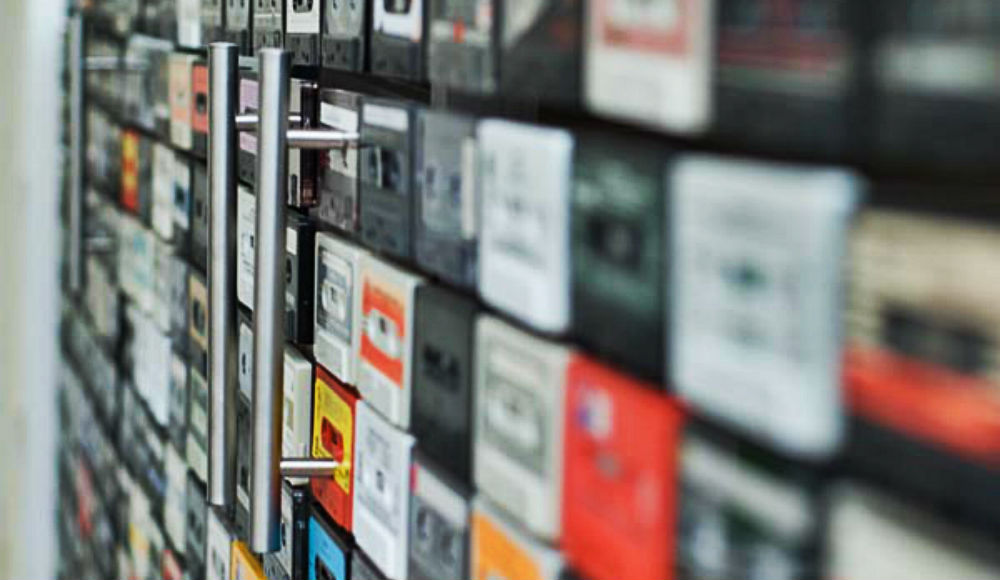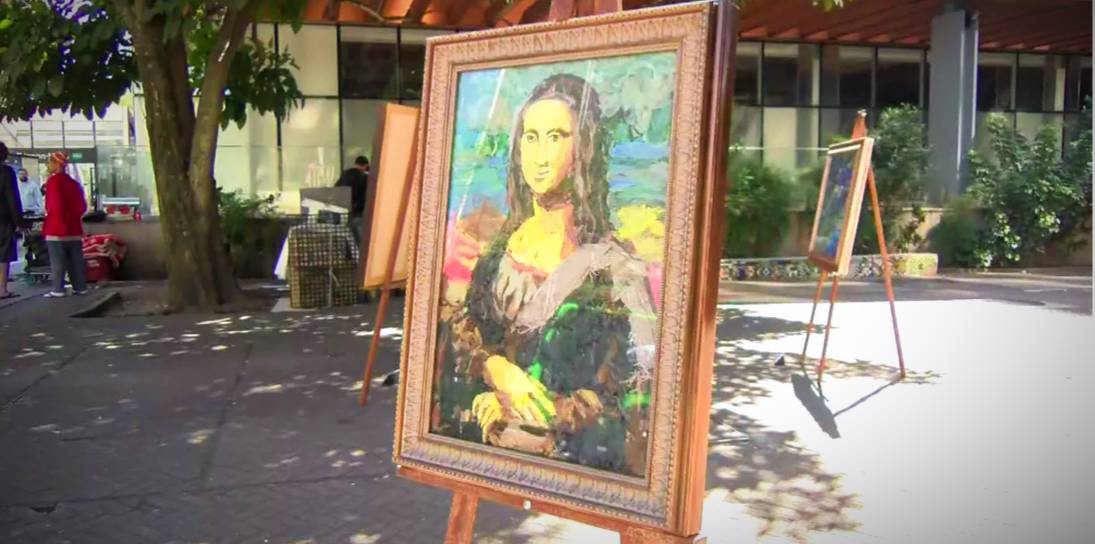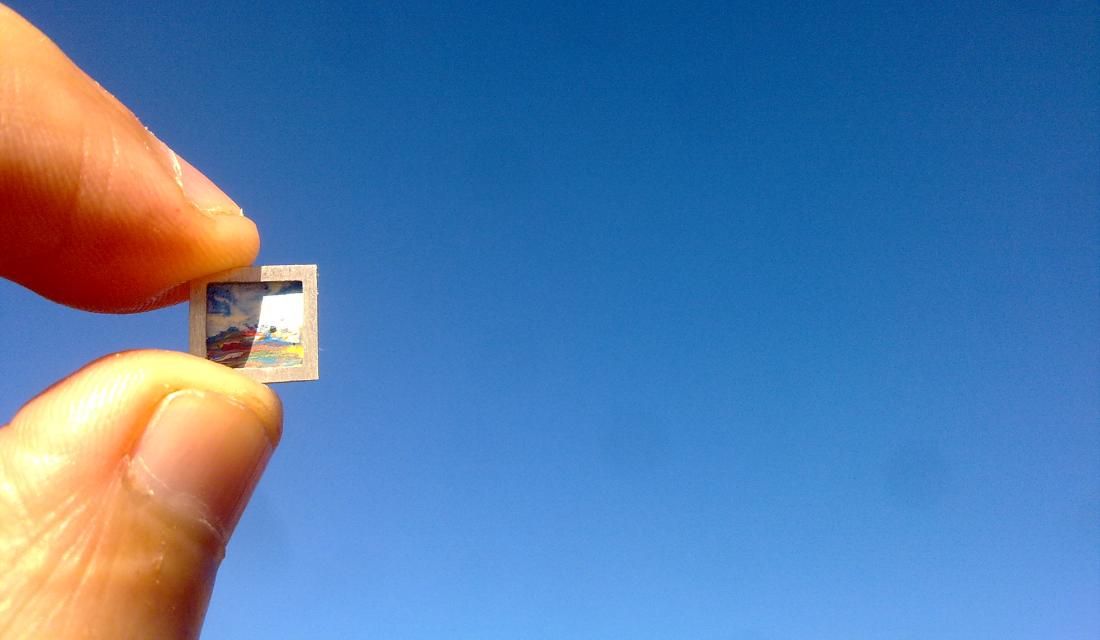Anúncios
Recycling and reusing old materials has become a topic that artists and designers around the world are increasingly exploring. A fascinating example of this type of creativity is the cassette tape shelf by Dutch designer Patrick Schuur.
This project not only highlights the ingenuity of reusing old materials, but also highlights the importance of finding new uses for items that would otherwise be discarded. We’ll explore how cassette tapes, an item that many young people only know from photos, have been given a new life in the form of a stunning piece of furniture.

Innovation in Decoration
Patrick Schuur is known for his innovative design, and his cassette tape bookcase is a great example of how old materials can be transformed into works of art and functionality. The idea of using cassette tapes to create a piece of furniture is not only creative, but also environmentally responsible. Rather than simply discarding these tapes, which often sit unused, Schuur found a way to transform them into a functional and aesthetically striking item.
Using cassette tapes in your home décor is a way to revive an item that has a nostalgic connotation for many. The bookcase not only gives these materials a new lease of life, but also helps raise awareness of the importance of recycling and reusing. By transforming cassette tapes into a piece of furniture, Patrick Schuur demonstrates that even seemingly obsolete items can have significant value when creatively reinterpreted.
The Bookcase Creation Process
The creation of the cassette tape shelf was an ambitious project that involved the use of 918 tapes. This impressive number of tapes not only demonstrates the designer’s commitment to recycling, but also results in a visually striking design. The shelf was designed to have one rounded end, giving the piece a unique and distinctive shape.
The construction process for the bookcase involved carefully assembling the cassette tapes into a cabinet frame. The tapes were fixed in such a way that they were visible and formed an attractive aesthetic pattern. In addition to the tapes, the bookcase includes aluminum legs and handles, which complement the design and provide a modern contrast to the vintage material of the tapes. The piece was designed for the designer’s personal use, which makes it even more special and exclusive.
The Environmental Impact of Cassette Tape Recycling
Cassette tape recycling represents an innovative approach to reducing the environmental impact of electronic waste. Cassette tapes, when disposed of improperly, can contribute to pollution and waste accumulation. However, projects like Patrick Schuur’s show that these tapes can be repurposed in creative ways, minimizing the need for new materials and reducing the volume of waste.
Recycling cassette tapes to create furniture not only helps keep these items out of landfills, but also raises awareness about the importance of recycling. This type of project demonstrates that reuse can be both functional and aesthetically pleasing, offering a sustainable alternative to traditional disposal methods.
The Nostalgic Value
Cassette tapes have a nostalgic connection for many people, especially those who grew up in the era when they were the primary form of music reproduction. For some, these tapes represent an important part of their youth and a bygone era. Patrick Schuur’s work taps into this sentimental value, transforming cassette tapes into an object that not only serves as a functional piece of furniture, but also as a piece of memento and history.
By using cassette tapes in his designs, Schuur not only preserves the historical value of these media, but also celebrates the era of analogue music. The result is a bookshelf that is not only practical, but also carries cultural and emotional significance. This type of design is a powerful way to connect the past with the present and to celebrate items that are often undervalued.
Other Recycling Ideas
Patrick Schuur’s project is just one of many ways to creatively recycle cassette tapes. Here are some other ideas for using those old tapes:
- Wall Art: Use cassette tapes to create collages or mosaics that can be used as wall art. This type of project is a fun and creative way to display tapes that might otherwise be thrown away.
- Event Decoration: Cassette tapes can be used to decorate themed events or parties. Create garlands or other decorative items that hark back to the cassette tape era.
- Educational Projects: Involve children and young people in recycling projects that use cassette tapes. This can be an educational and fun way to teach them about the importance of recycling and reusing materials.
The Importance of Recycling and Creative Reuse
Recycling and creative reuse play a crucial role in environmental conservation. Projects like Patrick Schuur’s not only show how old materials can be repurposed, but also inspire others to think outside the box about how to reduce waste. By promoting recycling and reuse, we can help conserve natural resources, reduce pollution, and create a more sustainable future.
The creative approach of turning ribbons into furniture is not only an art form, but also a statement about the importance of finding new uses for old items. Each successful recycling project helps highlight the possibility of transforming what might otherwise be considered trash into something valuable and meaningful.
Patrick Schuur’s work with cassette tapes is an inspiring demonstration of how recycling and repurposing can come together to create something unique and functional. By transforming cassette tapes into a stunning bookshelf, Schuur not only gives an old material a new lease of life, but also highlights the importance of thinking creatively about recycling. If you’re interested in exploring more about how to turn old items into new creations, keep following our blog for more ideas and inspiration.
Learn how to make other arts by recycling, Click here.
Check out interesting facts about recycling clicking here.




